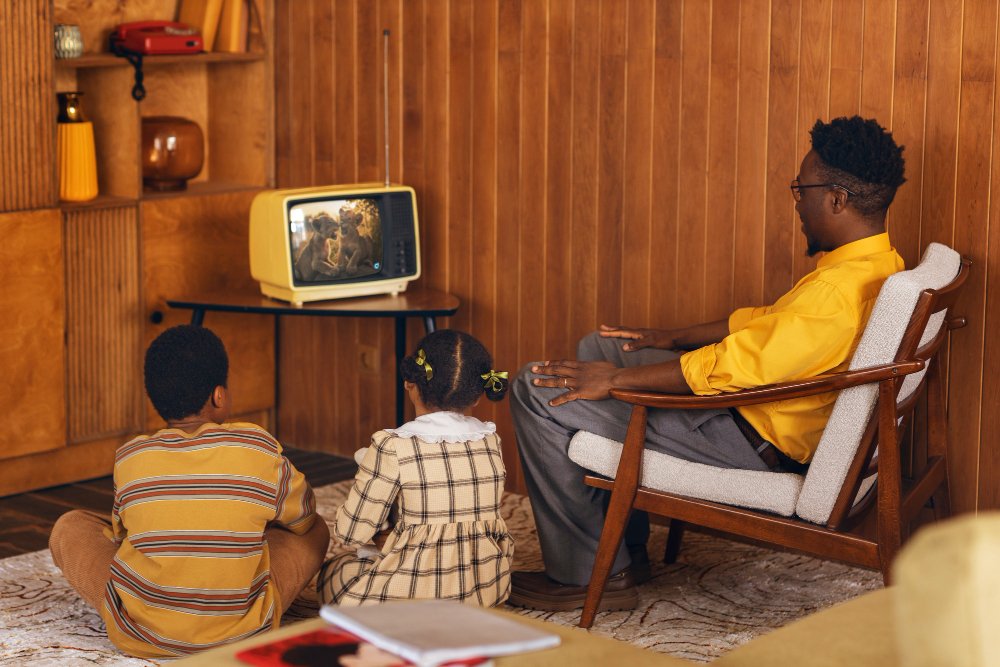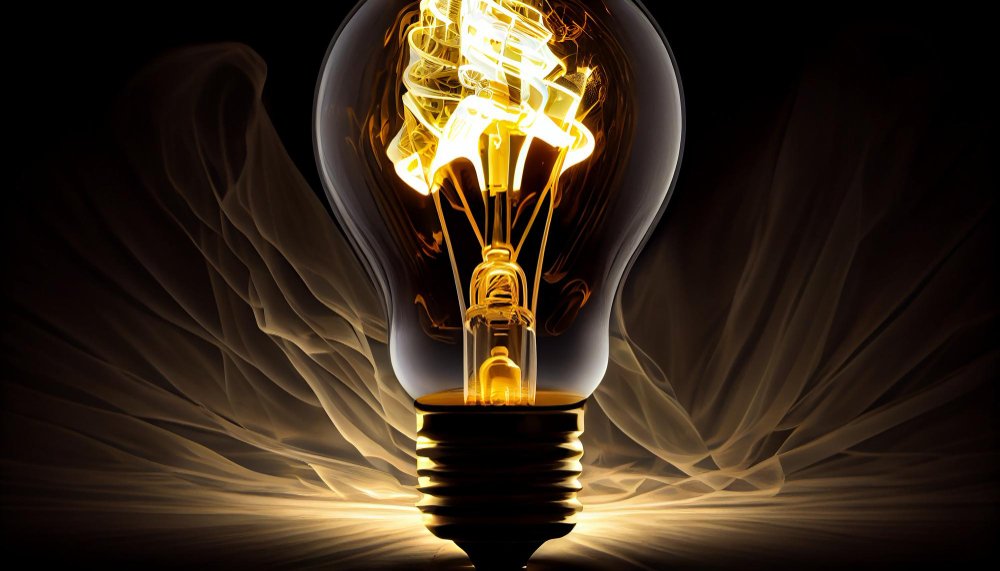Introduction
Situasi ID – How Much Electricity Does a TV Use? Providing entertainment, news, and instructional programming, television sets are ubiquitous in homes worldwide. The question is, have you ever considered the power consumption of your TV? If you want to assist with energy management and environmental conservation, learning how much power your TV uses is a good first step.
Comprehending How Much Power Televisions Use
How does one’s electrical use depend on many factors?
Size, kind, display technology, and viewing habits are just a few of the variables that affect a TV’s power consumption. Older models are often less energy efficient than newer, more sophisticated ones, and larger displays often use more power than smaller ones.
Various television models and their power consumption
How Much Electricity Does a TV Use? A major factor in power use is the kind of television. As a rule, modern flat-panel and LED televisions use much less power than their plasma and CRT predecessors. On top of that, internet-connected smart TVs with plenty of extra capabilities can end up using more juice than regular TVs.
Finding Out How Much Power a Television Uses
Method for determining power consumption
- Using a simple calculation, you can determine how much power your TV uses: Power in Watts equals electricity consumption in kilowatt-hours.
- Energy use in kilowatt-hours is equal to power in watts multiplied by time in hours and then multiplied by 1000.
Practical examples
Take this hypothetical situation where you watch TV for three hours every day and the power usage is 100 watts:
- A third of a kilowatt-hour is equal to 100 times three times one thousand.
- Thirty-three thousand equals 0.3 kilowatt-hours.
Saving Energy with Televisions Advantages of Energy-Saving Models
You may lessen your impact on the environment and save money on your power bill by purchasing an energy-efficient television. Models that are energy efficient are those that use less power without sacrificing functionality or image quality.
Guidelines for selecting a television set that uses less energy
Seek for ENERGY STAR® certified models when shopping for a new television; they have proven to fulfill the stringent energy efficiency standards established by the EPA. Think about things like display technology, standby power usage, and screen size as well.
Energy Used in Standby
How much electricity does standby use?
When electronics are not in use, they nevertheless draw power from the grid. This is called standby power consumption, vampire power, or phantom load. The standby power consumption of a household’s equipment may seem little on its own, but it may build up to a substantial amount over time.
Reduce power consumption when in standby mode
Consider using a power strip that has an on/off switch to entirely turn off your TV and other gadgets when they are not in use. This will help minimize standby power usage. Another option is to set a timer or power-saving mode on your TV so it turns off when it detects a certain amount of inactivity.
Consequences on the Environment The consequences of television power use on the environment
Electricity use by televisions has an effect on the environment that goes beyond just one home. Energy conservation is crucial since the whole lifecycle of a television—from manufacturing to shipping to disposal—contributes to pollution, resource loss, and technological waste.
Energy conservation is crucial
We can lessen the impact on the environment from energy production and use if we all cut down on how much power we use. Making little changes like switching to energy-efficient equipment, reducing standby power use, and embracing sustainable practices may have a big impact.
Helpful Hints for Minimizing TV Power Consumption
Actionable methods for decreasing power use
- To maximize your TV’s energy economy, adjust the brightness and contrast settings.
- If your smart TV is running any unused apps or functionalities, disable them.
- When you’re not using your TV, set it to turn off automatically using a timer or a programmed remote.
- If you’re concerned about your energy bill, you may want to consider viewing TV in normal definition rather than high definition.
- What Other Appliances Use Less Energy Than Televisions?
- In comparison to other common home equipment, how power-hungry is the average TV?
- Televisions consume a lot of power, but it’s possible that other high-energy appliances like freezers, air conditioners, and washing machines use even more. But, you may save a ton of money in the long run by making sure all of your home equipment consume less energy.
Fake News and Common Errors
Debunking widespread myths about television power use.
- Myth: Compared to plasma TVs, LED TVs use more electricity.
- Using light-emitting diodes (LEDs) for backlighting makes LED TVs more energy efficient than plasma TVs, which is a fact.
- Myth: Leaving the TV on standby uses more power than turning it off entirely.
- The most economical choice is to turn off the TV because doing so removes standby power use entirely.
Rules Set By The Government and Energy Labels
Overview of energy efficiency rules
To encourage the purchase of energy-efficient equipment, such as televisions, some nations have established energy efficiency standards and labeling schemes. Product labels must provide information on the energy consumption of the product in order to comply with these rules, which also establish minimum energy performance criteria.
Energy label comprehension
In order to make educated purchases, buyers may learn a lot about the energy efficiency of televisions from the labeling. Energy consumption ratings, yearly consumption predictions, and comparative efficiency rankings are common labels that represent this information.
In summary: How Much Electricity Does a TV Use?
How Much Electricity Does a TV Use? In conclusion, you can join the fight against climate change, lower your energy bills, and lessen your impact on the environment by learning how much power your TV uses and then making changes to your lifestyle that use less power. You can watch your favorite shows without feeling guilty about your impact on the environment if you buy energy-efficient televisions, reduce your standby power use, and employ other realistic measures to lower your energy consumption.
FAQs: How Much Electricity Does a TV Use?
- Does an LED TV use a lot of power? While variables like screen size and use habits affect energy consumption, in general, LED TVs use less power than plasma and CRT TVs.
- Are older televisions more power hungry? Yes, technological and design advancements have made current televisions more energy efficient than older ones.
- Does viewing HD TV really use more energy? The increased resolution and processing demands of HDTV viewing do mean that it may use a little more energy than SD viewing.
- Is it more energy efficient to switch off the TV than to put it on standby? Yes, the most energy-efficient choice is to switch off the TV since it removes standby power use entirely.
- What is the impact of screen size on power consumption? Choosing a smaller TV may assist minimize energy use, since bigger displays often use more power than smaller ones.

